The first part of the last century must been rough – so rough that the Shrp-Shavr Razor Company had to save on vowels in their name… And the razor they manufactured looks quite inexpensive too. It could probably be manufactured and sold today, as an inexpensive razor for travel, advertisers and an introduction to wetshaving.
My invention has for its object to provide a safety razor which shall be simple in construction, inexpensive in manufacture, and at the same time be strong and durable.
US patent 950,113
Guy Osborn, of New York, New York, filed his patent in March 1908. At the time the Gillette Double Edge hadn’t established itself as the dominant razor, and Gem and EverReady razors were popular. This may be why the blade for the Shrp-Shavr looks very much like an early Gem blade.
The razor
The razor have certain elegance in its simplicity. After all; perfection is achieved not when there is nothing more to add, but when there is nothing more to remove.1 And there is not much left to remove from the razor Guy Osborne patented, without removing it’s usefulness as a razor.
Generally speaking, my improved razor comprises three pieces: A blade; a holder for the blade; and a handle. The blade is adapted to be removed and replaced when it becomes dull. The holder and the handle virtually form a single piece, they being, for convenience of manufacture made in two pieces permanently secured together. When a person desires to use the razor it is only necessary for him to insert a blade, there being no other parts which must be assembled in order to place the device in condition for use.
US patent 950,113
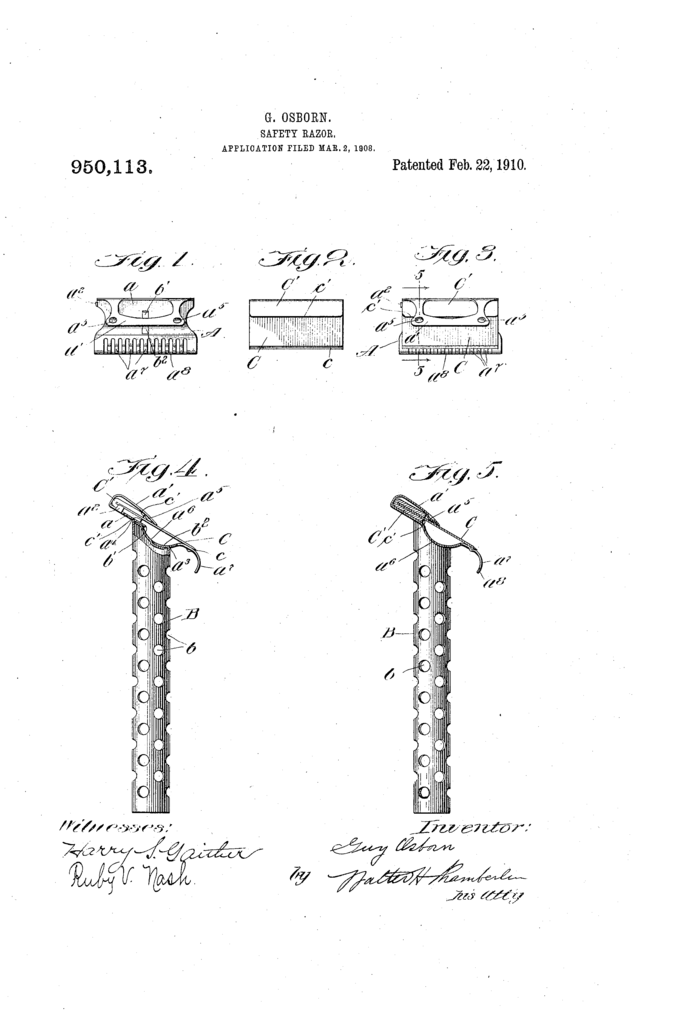
Looking at the drawing, we can truly appreciate how simple a razor can be. A is the blade holder and – in today’s terminology – base plate. It is struck up from a sheet metal blank, one end shaped to act as a spring to secure the blade. At the other side it is formed into a guard. B is the handle, riveted to the blade holder. These two thus become a single unit – the razor proper, as we would term it today. C is the blade, which as can be seen is remarkable similar to early Gem blades.
The perforations on the handle not only served to make it easier to grip, but also lightened the razor. According to Waits’ Compendium, later Shrp-Shavr might have been sold with a knurled handle. Knurling was probably cheaper to machine than punching several holes in a hollow tube.
A razor with the same head but a much nicer handle was sold under the brand Randall Razor, and USR and Union razors also uses the same head. It seems it was also sold under the name Walker’s Safety Razor, probably as an advertiser.2
Photos from online sources
FInal thoughs
The Shrp-Shavr was inexpensive. A photo in Waits’ Compendium indicates that the wholesale price was 4.50$ for a dozen. Each came in a pasteboard box with one single blade. Even with markup, this opens the possibility that it could been sold for as little as 50 cents. In other words, you might be able to get it for half of what a Christy, Gem or EverReady cost.
Being inexpensive don’t automatically being bad shavers though. With the caveat that I have not tried these yet, I can see a small market today for a razor based on the Shrp-Shavr. It might be as a travel razor, it might be as an aspiring wetshavers first single edge, it might even be as an advertiser… but from the looks of it, I would shave with it.3
Full patent can be read at Google Patents and at Razors.click.
Footnotes
1) Paraphrasing Antoine de Saint Exupéry.
2) In a similar manner as to what happened with CURBO razors.
3) According to a fellow shaver on Reddit, one can use standard Gem blades – something I found quite interesting.

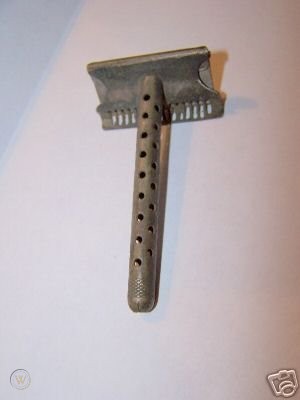
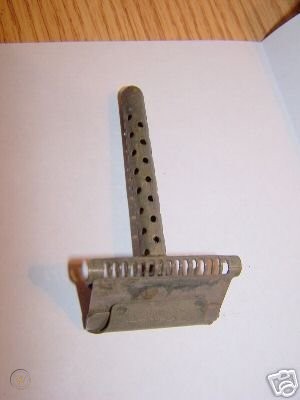
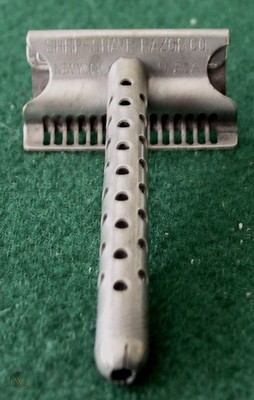

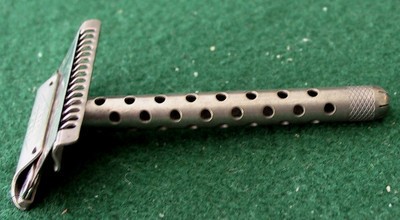

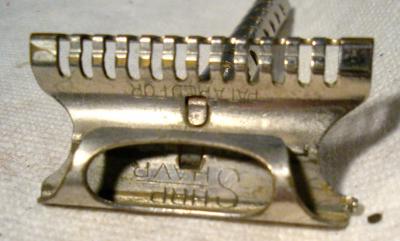
Pingback: Curvfit advertisements - Wegian WetshavingWegian Wetshaving
Pingback: Charles Ballreich and the very simple single edge razor - Wegian WetshavingWegian Wetshaving
Pingback: Gets you coming and going - Wegian WetshavingWegian Wetshaving